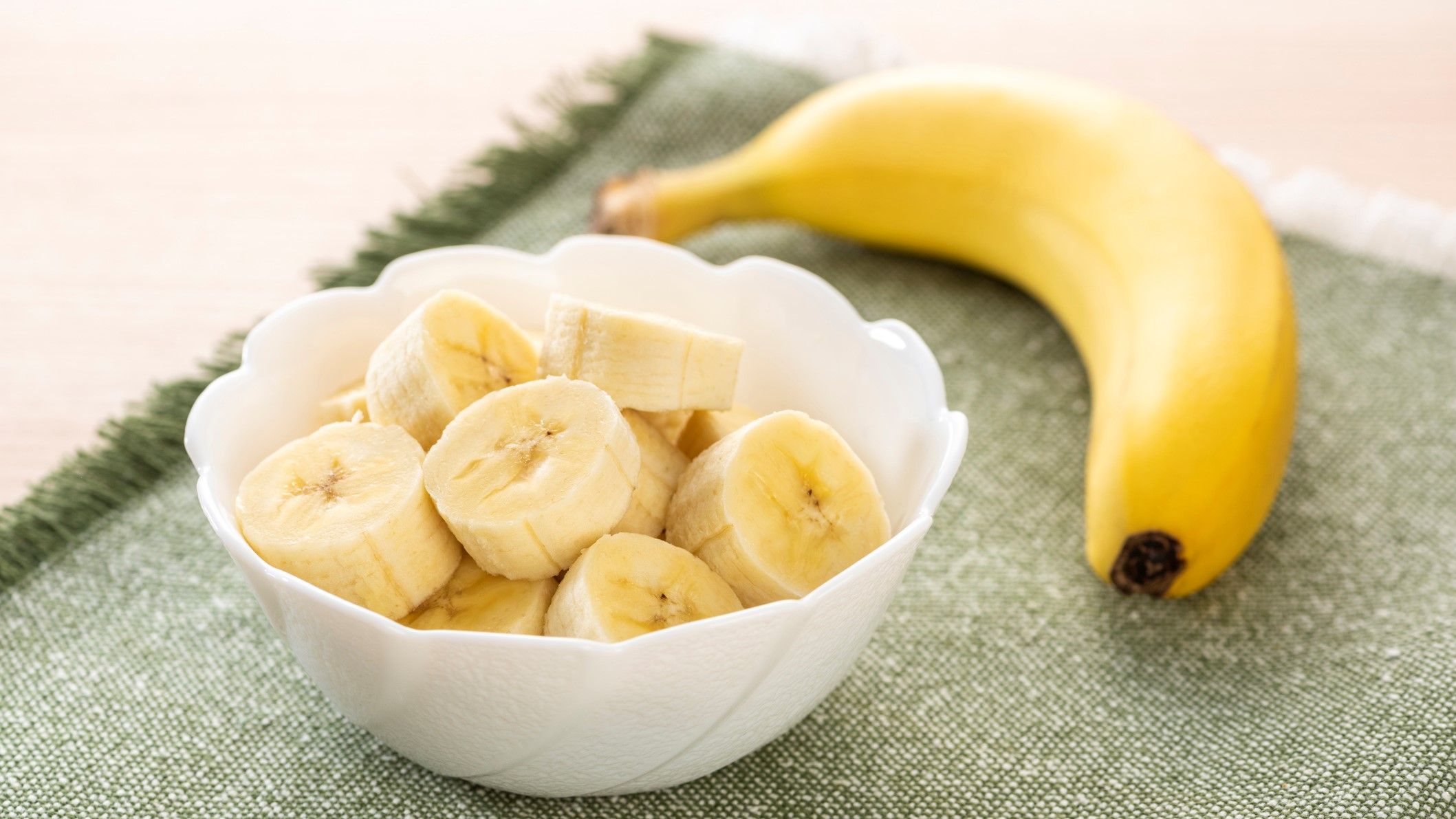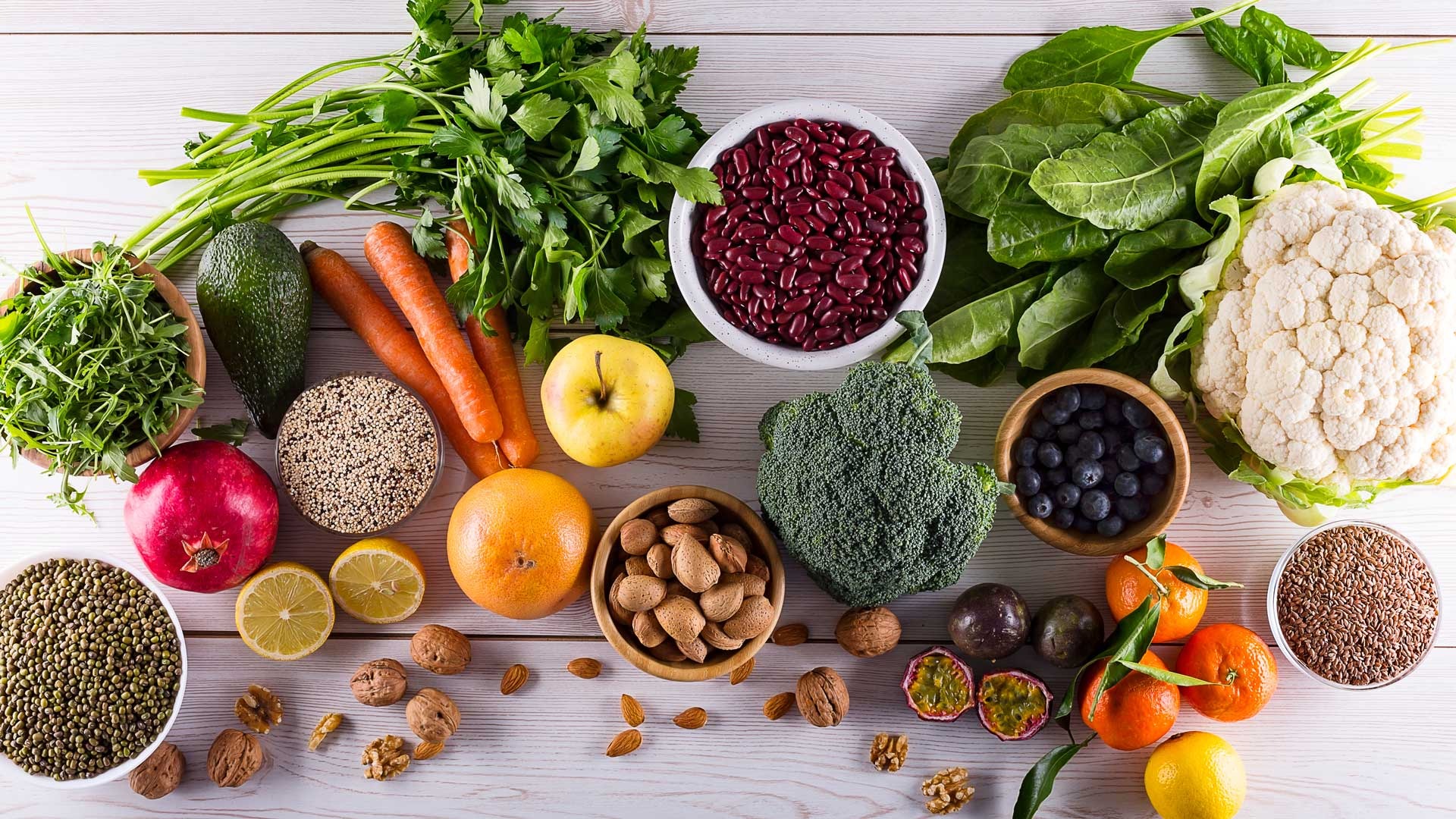For decades, fruits have been celebrated as a cornerstone of a healthy diet. They are rich in vitamins, minerals, antioxidants, and fiber — all of which support good health and reduce the risk of chronic diseases. However, not all fruits are equally beneficial for everyone. While most people can safely enjoy a variety of fruits as part of a balanced diet, some types may not be suitable for individuals with specific health conditions or dietary restrictions.

1. Grapes – Naturally Sweet but High in Sugar
Grapes are a popular fruit known for their sweet taste, high water content, and antioxidant-rich profile. They contain vitamin C, vitamin K, and beneficial plant compounds like resveratrol, which has been associated with heart health.
However, grapes are also high in natural sugars, particularly glucose and fructose. A single cup of grapes contains approximately 23 grams of sugar, according to the U.S. Department of Agriculture (USDA). While these are naturally occurring sugars, they can still affect blood sugar levels, especially for individuals with diabetes or insulin resistance.
Health Consideration:
For people managing type 2 diabetes or those following a low-glycemic diet, eating large quantities of grapes could lead to spikes in blood sugar levels. The American Diabetes Association recommends moderation and encourages individuals to monitor their carbohydrate intake, including from fruits.
Better Option:
Berries such as blueberries or raspberries provide a similar antioxidant benefit but have lower sugar content per serving, making them a more suitable choice for those needing better blood sugar control.

2. Bananas – Nutritious but Carb-Dense
Bananas are one of the most commonly eaten fruits worldwide, prized for their convenience, affordability, and potassium content. One medium banana provides about 105 calories, 27 grams of carbohydrates, and roughly 14 grams of sugar, according to the USDA.
Although bananas offer important nutrients such as vitamin B6, vitamin C, and dietary fiber, their high carbohydrate and sugar content may not be ideal for certain populations.
Health Consideration:
Individuals on low-carb, ketogenic, or diabetic diets may need to limit their banana intake. Additionally, the high glycemic load of overripe bananas can contribute to a rapid increase in blood glucose levels.
For individuals with chronic kidney disease, potassium intake must also be carefully managed. Bananas are a rich source of potassium, with one medium fruit containing around 422 mg. According to the National Kidney Foundation, people with impaired kidney function may need to avoid high-potassium foods to prevent hyperkalemia.
Better Option:
For those seeking a fruit with a lower glycemic impact, green apples or kiwi may be more appropriate, offering fiber and nutrients with less sugar and carbohydrates.

3. Dried Fruits – Concentrated Nutrients, But Also Sugar and Calories
Dried fruits such as raisins, dates, apricots, and figs are often marketed as healthy snacks. They are compact sources of fiber, iron, and antioxidants, making them popular choices for quick energy and nutritional benefits.
However, the drying process significantly concentrates sugar and calories. A single cup of raisins contains about 85 grams of sugar, nearly double the sugar content of the same volume of fresh grapes, according to the USDA.
Health Consideration:
Because dried fruits are calorie-dense and high in sugar, they can contribute to weight gain and blood sugar spikes if eaten in large amounts. Additionally, some commercially packaged dried fruits may contain added sugars or preservatives like sulfur dioxide, which can cause allergic reactions or digestive discomfort in sensitive individuals.
For people trying to manage weight, diabetes, or cardiovascular health, regular consumption of dried fruits should be done with portion control in mind.
Better Option:
Instead of large servings of dried fruit, consider fresh fruit alternatives or limit portion sizes to a small handful. Reading labels to avoid added sugars and preservatives is also advised.

How Much Fruit Is Too Much?
Fruits are a vital part of a healthy eating pattern. According to the U.S. Department of Health and Human Services (HHS) and U.S. Department of Agriculture (USDA) Dietary Guidelines for Americans 2020–2025, adults should aim for about 1.5 to 2 cups of fruit per day, depending on age, sex, and activity level.
However, consuming fruit in excess, especially high-sugar varieties, may lead to unintended consequences for individuals with specific health goals or chronic conditions. Balancing fruit intake with other food groups, such as vegetables, whole grains, and lean proteins, is key to maintaining optimal health.
Who Should Monitor Their Fruit Intake?
While most people can safely enjoy fruits daily, the following groups should consider speaking with a healthcare professional about personalized dietary recommendations:
-
Individuals with type 1 or type 2 diabetes
-
Those with insulin resistance or metabolic syndrome
-
People following low-carbohydrate or keto diets
-
Individuals managing chronic kidney disease or heart conditions
-
Those aiming to lose weight or control caloric intake
If you fall into any of these categories, it’s best to work with a registered dietitian or physician to develop a nutrition plan that supports your health needs.

Final Thoughts
Fruits offer numerous health benefits and should not be avoided altogether. However, understanding how different fruits affect the body — especially in relation to sugar, carbohydrates, and specific medical conditions — is crucial for making informed dietary choices.
Grapes, bananas, and dried fruits can be part of a healthy diet, but their high sugar content and glycemic impact make them less suitable for everyone. By choosing appropriate portion sizes and selecting lower-sugar alternatives when needed, individuals can enjoy fruit while supporting their personal health goals.
As always, consult with a qualified healthcare provider before making significant changes to your diet, especially if you have underlying medical conditions.
Sources:
-
U.S. Department of Agriculture (USDA) FoodData Central
-
American Diabetes Association (ADA) – Diabetes & Fruit
-
U.S. Centers for Disease Control and Prevention (CDC) – Fruit and Vegetable Nutrition
-
National Kidney Foundation – Potassium and Kidney Disease
-
U.S. Department of Health and Human Services (HHS) & USDA – Dietary Guidelines for Americans 2020–2025
